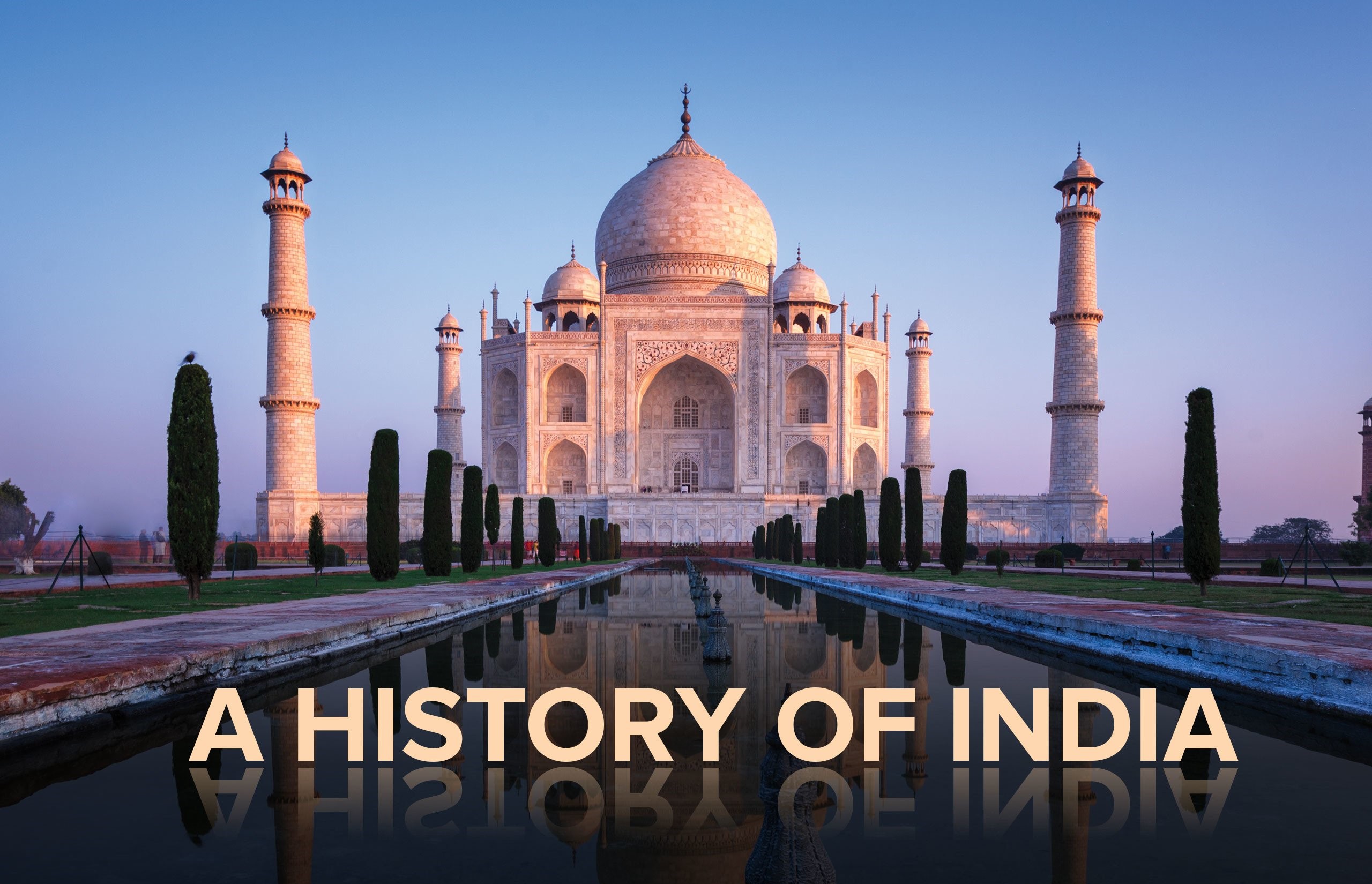Gupta Culture
Gupta Culture
The architecture of the Gupta period may be divided into three categories :
1. Rock-cut caves : Ajanta and Ellora Group (Maharashtra) and Bagh (MP).
2. Structural Temples : Dasavatara temple of Deogarh (Jhansi district, UP)- the oldest and the best, Siva temple of Bhumra (Nagod, MP), Vishnu and Kankali temple (Tigawa, MP), Parvati temple of Nanchana-Kuthwa (Parma district, MP) Shiva temple of Khoh (Satna, Panna, MP), Krishna brick temple of Bhittargaon (Kanpur, UP), Laxman temple of Sirpur (Raipur, MP), Vishnu temple and Varah temple of Eran (MP).
3 Stupas : Mirpur khas (Sindh), Dhammekh (Saranath) and Ratnagiri (Orissa).
» The art of architecture attained great heights. By evolving the Nagara Style (Shikhar style), the Gupta art ushers in the history of Indian architecture. Shikhara Shrine, a Vaishnava symbol, one of the most characteristic features of temple architecture, found its fullest development during this period. The temple architecture, with its garbha griha (shrine room) in which the image of the god was placed, began with the Guptas.
» The fragmentary remains of Dasavatara temple of Deogarh is the example of the most ornate and beautifully composed Gupta temple building.
» The centres of the Gandhar sculptures declined and their places were taken by Benaras, Patliputra and Mathura.
» For the first time we get images of Vishnur, Shiva and other Gods.
» Among the best specimen of the images of Buddha is a seated Buddha image of Sarnath, which depicts the Buddha preaching the Dhamma.
» Of the Brahmanical images perhaps the most impressive was the Great Boar (Varah) carved in relief at the entrance of a cave at Udayagiri.
» The painting of this period are found in Bagh (Dhar district, MP), and Ajanta (Aurangabad district, Maharashtra). The frescoes of the Ajanta caves are the masterpieces of the paintings of this age.
